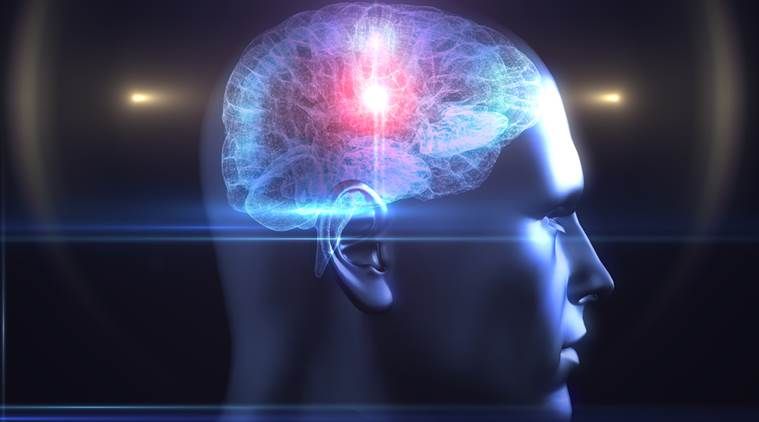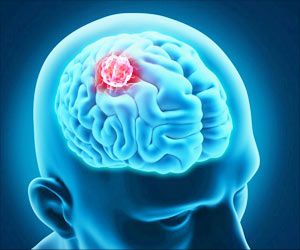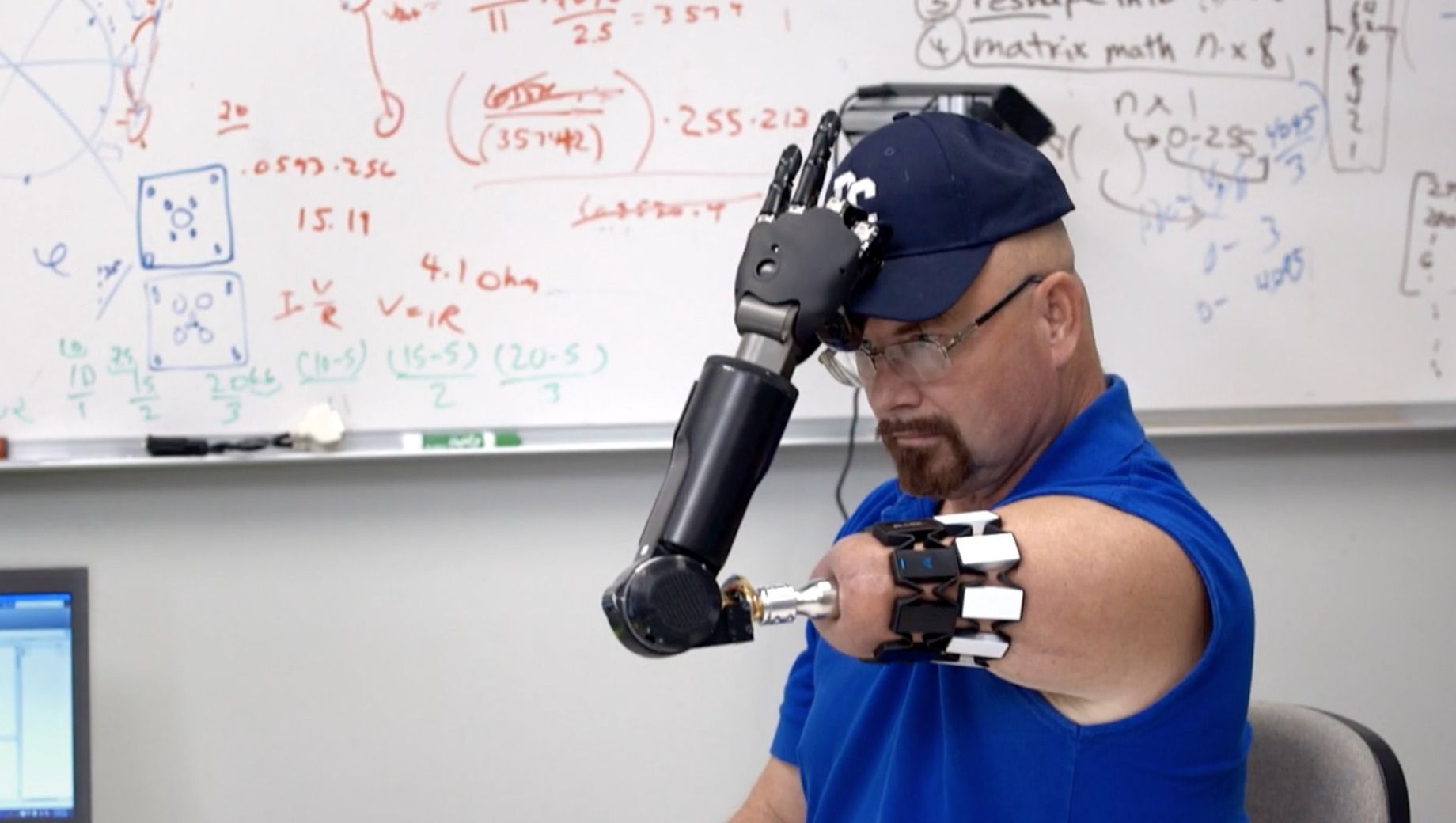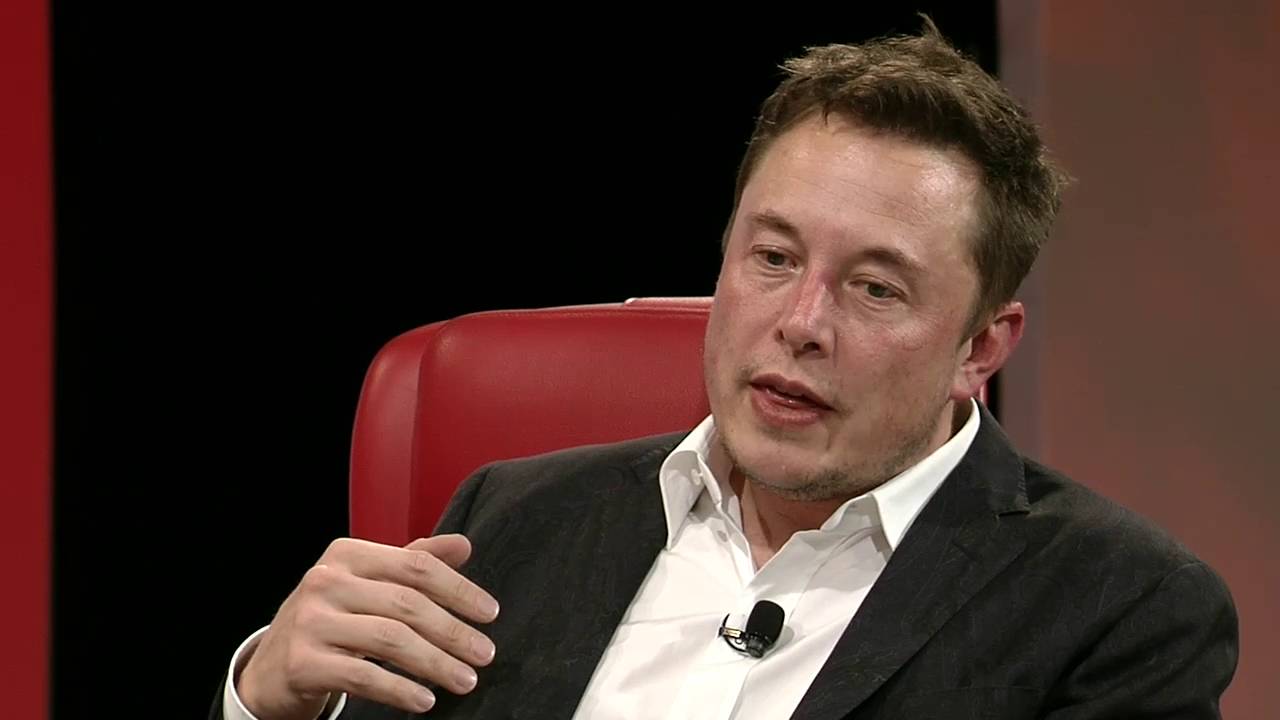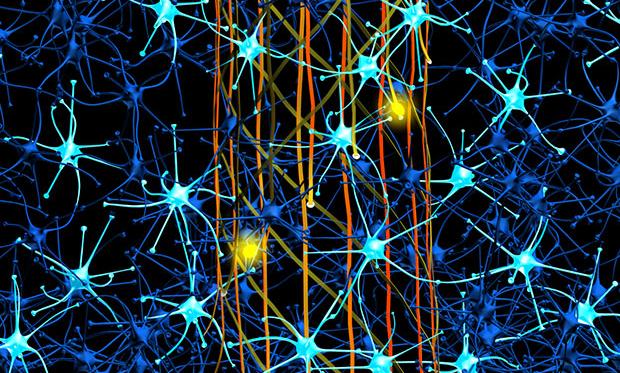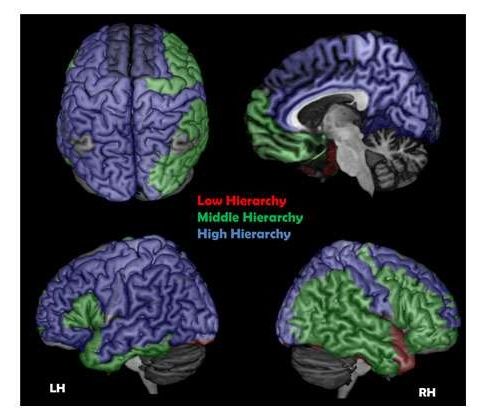Aug 31, 2016
Brain hi-jacking could become a reality soon, warn researchers
Posted by Karen Hurst in categories: biotech/medical, cybercrime/malcode, neuroscience
A very old story and one that myself and others have raised many times. However, worth repeating due to the current advancements in BMI.
A vulnerability of brain implants to cyber-security attacks could make “brainjacking”, which has been discussed in science fiction for decades, a reality, say researchers from the University of Oxford. Writing in The Conversation, an Australia-based non-profit media, Laurie Pycroft discussed brain implants as a new frontier of security threat.
The most common type of brain implant is the deep brain stimulation (DBS) system. It consists of implanted electrodes positioned deep inside the brain connected to wires running under the skin, which carry signals from an implanted stimulator.
Continue reading “Brain hi-jacking could become a reality soon, warn researchers” »
